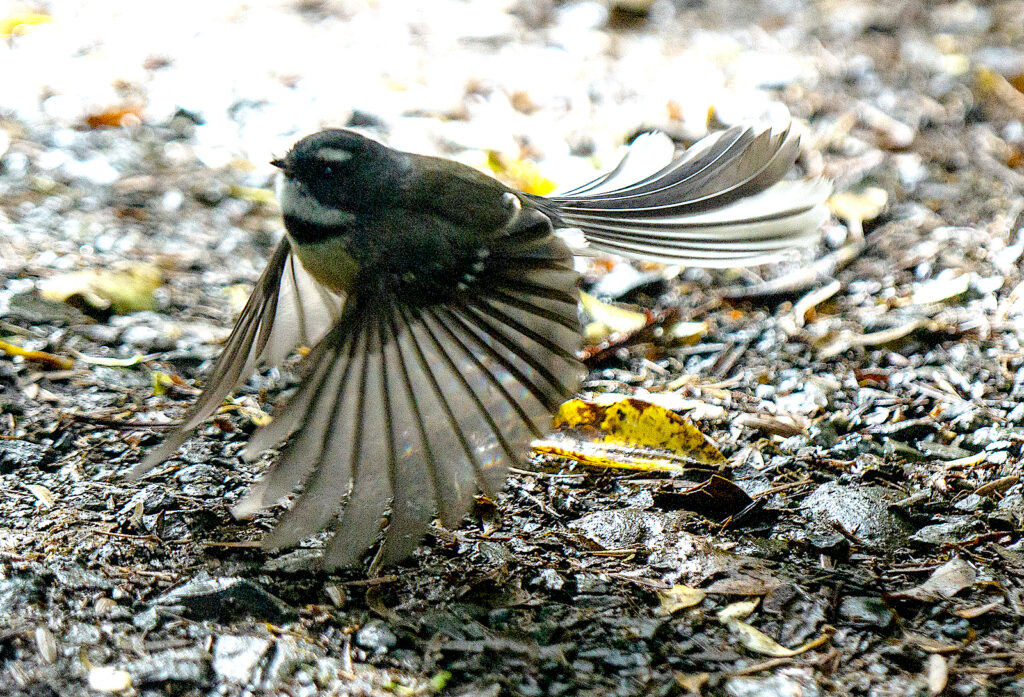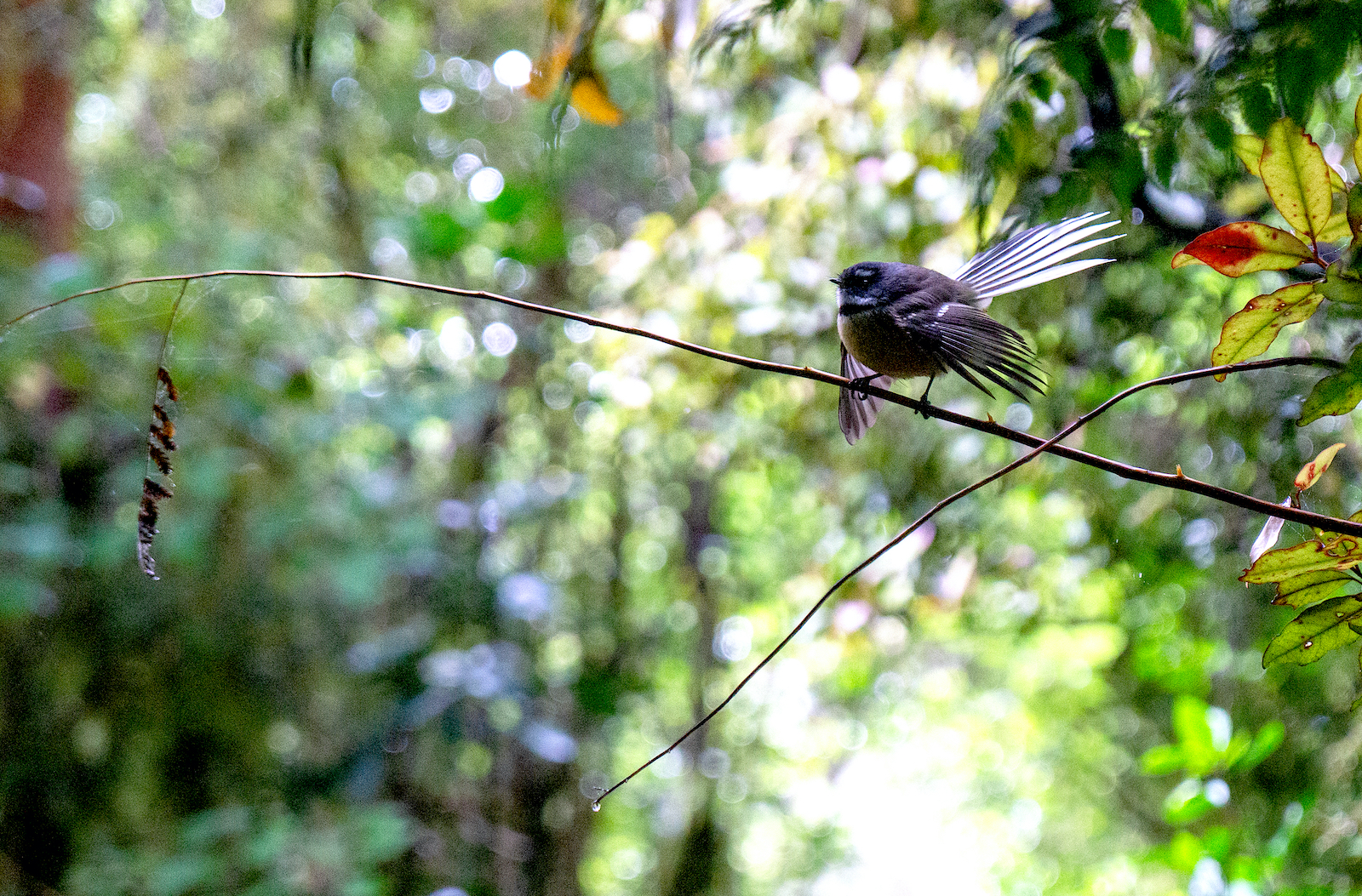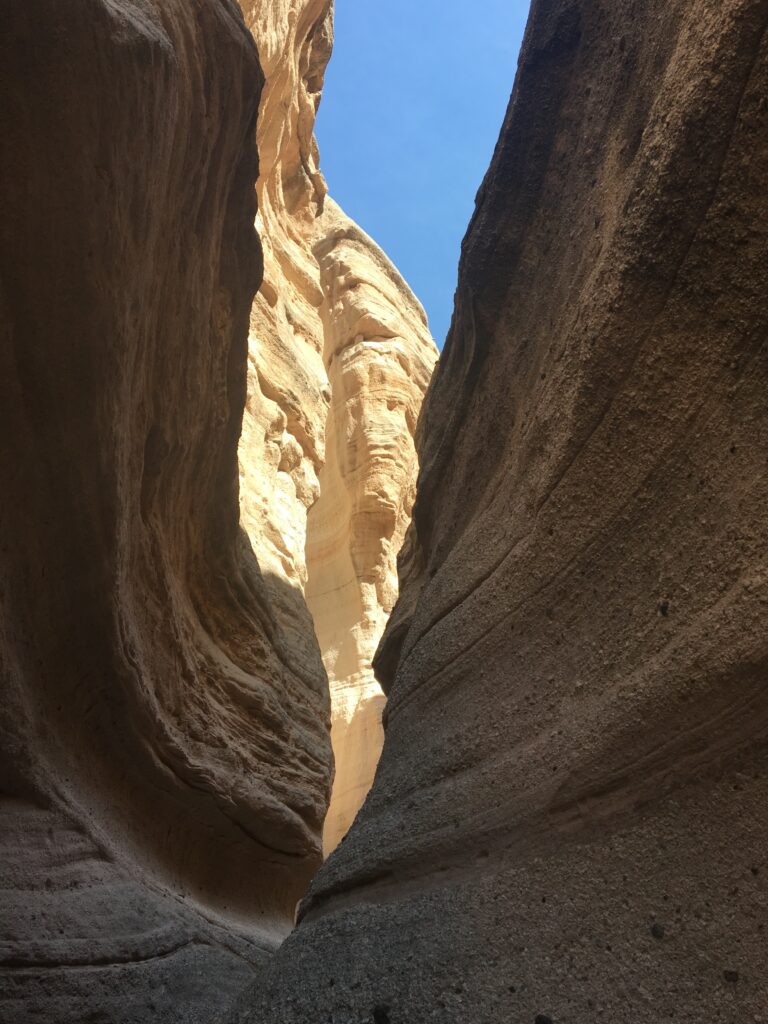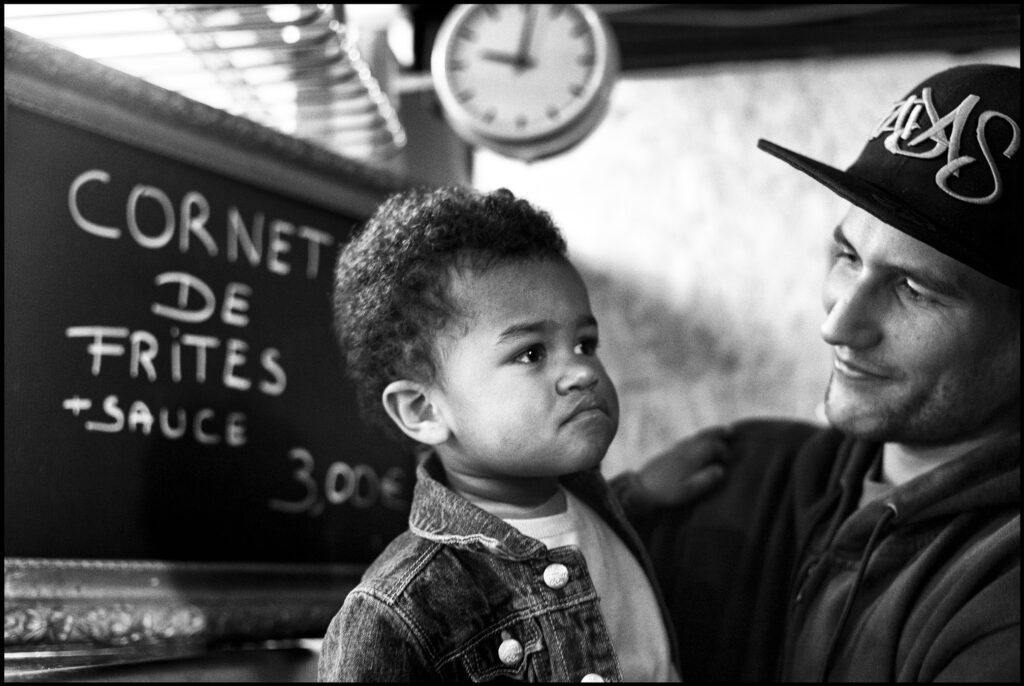In photography’s infancy, the mark of a photographer was black fingers from contact with the chemicals used (and probably a pale complexion). In the later 20th century, a kind of waistcoat with multiple pockets seems to have been the badge of office. This was certainly Terry Pratchett’s understanding in his Discworld novels, his recovering vampire photographer, known as an iconographer in those writings, wore just such a garment, based on his usual evening dress tail coat.
So what does the end product, the photographic image, say about the photographer’s skills? This was all tied up with the materials available at the time of course, and almost completely associated with monochrome photography.
Ansel Adams placed great importance on ‘visualisation’, “ a conscious process of projecting the final photographic image in the mind before taking the first steps in actually photographing the subject” (The Negative: ch1, p.1). His point is basically that a monochrome photograph can never match real life in either colour or tone range and the image he produces is his own interpretation, the end result of the whole process. He also refers to Alfred Stieglitz often speaking of it as representing the equivalent of what he saw rather than a factual rendering, an expression later used by Edward Weston. So was it the ability to create a convincing representation of reality that made a photographer?
What about the expression ’the camera cannot lie’? This is in fact some distance from the truth as we all know. Even before AI, photographs were altered to suit circumstances, Stalin regularly having the images of people who had fallen out of favour removed I understand. Perhaps, at the time, photography was just the closest representation of the truth that was available in order to justify the statement. The complete opposite to Adams, Henri Cartier-Bresson was the most ardent believer in his images being as close to the truth as was possible, to the extent that he never processed or printed his own work. His approach most closely resembles digital imaging today, the moment of making the exposure being the decisive one as he called it.
But the photographs that Stalin had altered were a different genre from the images produced by Stieglitz, Adams, Weston and many of the other photographers around the world who worked in the late 19th and early 20th centuries. These were recording the kinds of images that were meant to convey information (or misinformation as may be). But this may be one of the most valuable implementations of photography. The world would be a much (even?) worse place without the information these, often very brave, photographers bring to our attention. The horrors of war and the devastation brought by nature for example that we are seeing all too often today, as well as the way that science has advanced at a much greater pace because of what record photography has allowed it to study more closely. In almost all forms of artistic endeavour there are creative and practical sides, all serving a purpose. I see AI for example serving mainly the commercial aspects with, perhaps some applications for use in more creative work.

All this came to mind when a visit to the well equipped darkroom at the local polytechnic prompted me to consider what a starting out photographer needed to know these days. I was getting the feeling that photographic educators no longer need to immerse students in film and processing. After all, most of the technical aspects are taken care of fairly well in camera by built-in computers. Focus, subject isolation and exposure are all handled by the latest cameras, demonstrated by these images of a New Zealand bird, a fantail, in appearance a similar bird to the long tailed tit in the UK and only 18cm long, half of it the tail.
This little bird catches some of its food on the wing, and probably evades predators, by being able to change direction almost instantly like the flying insects it feeds on. This makes it very difficult for a photographer to follow and focus manually as it rarely keeps still for more than a second, even flicking its wings and tail constantly when on a perch, well caught here. The autofocus system has kept the subject accurately in focus while the shutter has frozen the feathers in mid-flick and during take-off. Jordan Reid, the photographer who has allowed me to use these images, used a modern mirrorless, his first advanced camera, to capture it. The camera has allowed him to secure very fleeting images, edited a little for the screen, to share his appreciation of such a characterful creature.
And this brings us back to Ansel Adams visualisation. It is no longer necessary to imagine how the film, exposure, filters, processing and print materials will affect the outcome of the image on the focussing screen. The modern day photographer still frames up the composition in the viewfinder, but now visualisation is concentrated solely on the image presented. Does it capture what has attracted him or her to the subject and what the image should convey pure and simple? Very much how Cartier-Bresson approached it.
Nevertheless, on reflection, I think that there is still a place in the photographic education process, either self taught or in the classroom, for being able to have the ability to think ahead like this. Some are blessed with it naturally, probably why they are drawn to more serious photography. It once was referred to as having a good eye and learning how to make a photograph traditionally is a very good way to develop this skill, even if all your later work will be produced digitally. Despite all the automation on hand, things like exposure can still need some fine tuning for example.
So I believe that Ansel Adams was bang on the money with his idea of visualisation and developing it through experiencing the whole process of making the final print with film and chemicals. It is the most basic skill a photographer can have, whoever is pressing the shutter release, essentially being able to think like the camera, maybe you might say developing a camera eye these days.
Share this post:









Comments
Thomas Wolstenholme on What does it take to be a Photographer?
Comment posted: 11/06/2024
Comment posted: 11/06/2024
Bruno Chalifour on What does it take to be a Photographer?
Comment posted: 11/06/2024
Interesting thoughts. Thank you.
A suggestion: what about giving us a definition of what you start from, that is to say, what is your own a definition of what a "Photographer" is or should be for YOU regardless of the medium used, be it analog or digital?
Comment posted: 11/06/2024
Ibraar Hussain on What does it take to be a Photographer?
Comment posted: 12/06/2024
Have you read Paul Hill’s Approaching Photography?
Tony Warren on What does it take to be a Photographer?
Comment posted: 12/06/2024